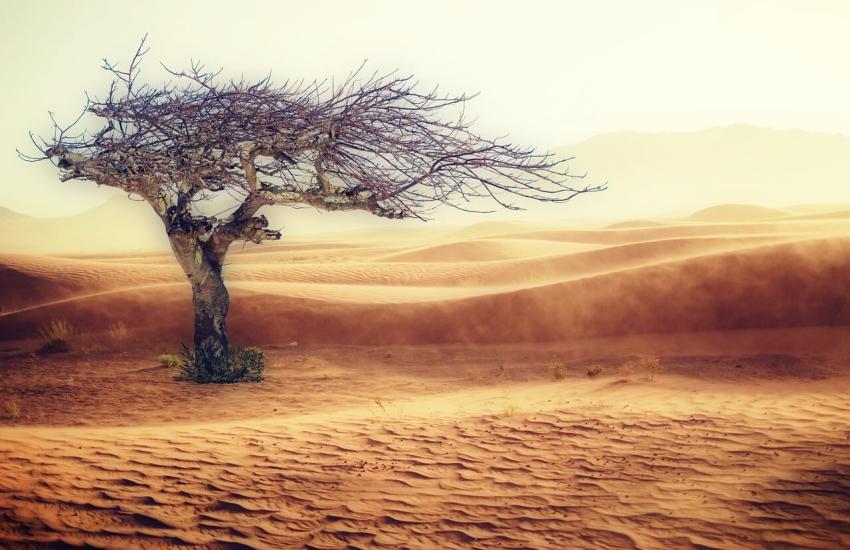Breadcrumb
-
Guidebook
-
Animals & wildlife
-
Exploring the Main Threats to Wildlife
Unmasking the Perils: Exploring the Main Threats to Wildlife

Now let us understand the big and main reasons why our planet’s wildlife is under so much threat, how they are affecting the wildlife, and how they are linked to human activities.
1. Habitat Loss and Fragmentation
Wildlife habitats experience severe harm due to the continuous growth of human activities, including farming, city development, and infrastructure projects. Vast stretches of wetlands, grasslands, and forests are obliterated, leaving numerous species without appropriate environments for their survival. Fragmentation makes the issue worse by isolating the last surviving habitat sections, which restricts species' ability to move about, acquire resources, and maintain genetic variety.
2. Climate Change
The impending challenge of climate change presents a significant danger to wildlife worldwide. Increasing temperatures, changing rainfall patterns, and more severe extreme weather events disturb ecosystems and put the fragile natural equilibrium to the test. Species accustomed to specific climatic conditions face challenges in adapting or migrating fast enough to survive. Coral bleaching, altered breeding seasons, and shifting distribution patterns are just some of the visible impacts of climate change on wildlife.
3. Pollution and Contamination
Toxicity permeates our ecosystems, posing a severe threat to wildlife. Pollution from industrial activities, agricultural runoff, plastic waste, and chemical contaminants in waterways and soil harm animals directly or accumulate in the food chain. From marine life entangled in plastic debris to birds suffering from pesticide poisoning, the toll of pollution on wildlife is distressing and demands urgent action.
4. Over-exploitation and Illegal Wildlife Trade
Relentless desire for wildlife items like ivory, skins, and traditional remedies fuels the illegal wildlife trade. Poaching and excessive harvesting drive countless species perilously close to extinction. Tigers, rhinos, elephants, and pangolins, celebrated for their unique qualities, face significant threats from organized criminal networks. The relentless pursuit of these animals causes considerable harm to ecosystems and disturbs the delicate balance of nature.
5. Invasive Species and Disease
Native wildlife is endangered when invasive species are introduced into new ecosystems. Because they frequently lack natural predators, these invasive species can out-compete and supplant native species. The rise of illnesses like the chytrid fungus in frogs or the white-nose syndrome in bats, which can have catastrophic effects on the health of species and ecosystems, makes wildlife populations increasingly vulnerable.

